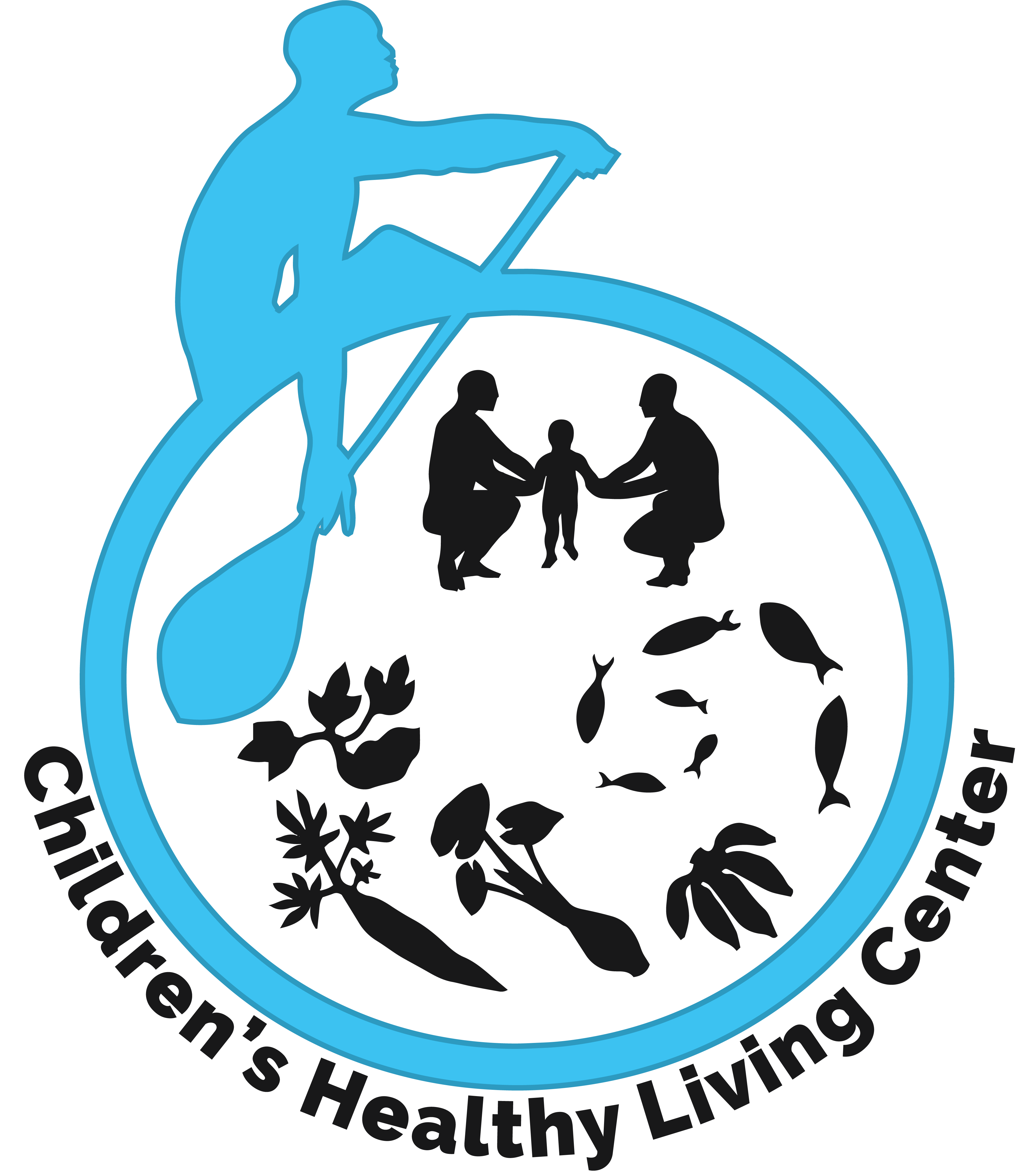Written By: Jennifer Galbreath, Food Systems Trainee
In early January 2023, four Children’s Healthy Living (CHL) representatives from the University of Hawaiʻi at Mānoa traveled to Anchorage, Alaska, home of traditional Dena’ina Athabascan lands and peoples, to gather with CHL’s partners from the University of Alaska Fairbanks (UAF). Together they hosted Alaska’s first Group Model Building workshop, or GMB, a primary activity of CHL’s current USDA National Institute of Food and Agricultural grant funding. The purpose of the workshop was to facilitate discussion and elicit the knowledge and experience of participants in order to map the drivers and dynamics of the systems that impact or are impacted by children’s healthy eating across the state.
The workshop took place at the BP Energy Center on January 12th. Fifteen Alaskans with expertise ranging across the complex and interconnected issues of food systems and family and child health were in attendance. Participant agencies included Anchorage School District health and physical education and nutrition programs, UAF’s Cooperative Extension Service (CES), The Wilderness Society, State of Alaska’s Chronic Disease Prevention and Health Promotion Disease Section and Physical Activity and Nutrition Program, USDA Farm Service Agency, Alaska Native Medical Center – Food Services, Alaska Children’s Trust and the Alaska Afterschool Network, Aleutian Pribilof Islands Association, Fairbanks Soil and Water Conservation District, Alaska Food Policy Council, and CSS Early Learning (Head Start and Early Head Start).
Participants were supported by Hawaiʻi’s four representatives and seven other Alaskans from UAF CES and the State of Alaska who together formed the workshop’s facilitation team. The facilitation team spent time pre-workshop training and trialing an order of activities from the GMB system dynamics model to build an agenda specific to the identity and culture of Alaska. The workshop commenced with a presentation by Dr. Rachel Novotny (CHL Hawaiʻi) that introduced participants to CHL’s history in Alaska, such as prior data collection and intervention projects. Participants were then led by Leslie Shallcross (UAF) through five GMB activities: Hopes and Concerns, Graphs Over Time, Connection Circles, Causal Loop Diagrams (CLD), and Actions and Ideas. The activities offered opportunities for individual, small group, and full group work, forum, and feedback. Over the course of the day, the discussion was lively and multifaceted. Participants took advantage of the opportunity to network, share professional updates, and dive deeply into synthesizing the collective brain power in the room. A delicious lunch of salmon and root vegetables provided fuel for all midday.
The variables and causal relationships brought forth by the Alaska group were a blend of standard child health and nutrition topics and unique and nuanced local affairs. Strong themes emerged in the CLD, such as mental health reinforcing children’s healthy eating, workforce reinforcing children’s healthy eating, and the balancing effect of the state’s resource extraction-based economy on children’s healthy eating. Mental health included sub variables such as social media trends and body image, parent’s healthy eating, family healthy cooking capacity, Adverse Childhood Experiences (ACEs), family “economic” stress, and school lunch programs. Workforce included sub variables such as reliable food assistance, healthy food access, fully funded SNAP/WIC programs, fully funded schools, quality childcare, and mental health. One theme shed interesting light on a particularly Alaskan situation. Participants explored the way that the resource extraction-based economy (oil, gas, timber, gold, metals, etc.) can bolster community income level and therefore access to healthy food and children’s healthy eating. Yet, it also decreases economic diversification by favoring resource extraction policies and not strengthening “food focused” land use, inflating land cost making it prohibitive for emerging industries such as local food production, and eventually leaving Alaska’s community organizations less competitive for grant funding that supports or requires access to local food. Healthy food access and children’s healthy eating realize the negative impact of this balancing loop.
A virtual followup session to the GMB workshop occurred on January 23, 2023. CHL and UAF representatives engaged participants in an overview of the CLD developed at the original workshop, including its digital transposition into Stella Simulator software. During the digitizing process, CHL Hawaiʻi made intentional edits to the CLD, which were also presented during the meeting as clarifications and elaborations to the original CLD, for example, the addition of “value of Alaska Native traditions” and “healthy inter-generational traditions”. Important variables, connections, and loops were highlighted by Dr. Claire Townsend-Ing (CHL Hawaiʻi), the lead model builder for the grant. Participants then offered their own feedback to further define and refine a second CLD draft which will include new variables, connections, and loops. Additional virtual sessions to continue the conversation are being planned. Chin’an!


